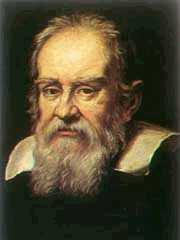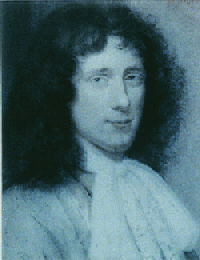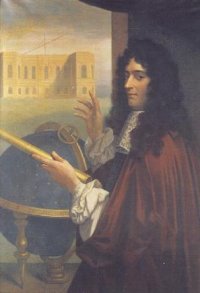


Saturn has been known since prehistoric times because it is easily visible to the naked eye. Not until the invention of the telescope, however, did people observe Saturn's magnificent rings.
Galileo Galilei was the first to observe Saturn with a telescope in 1610. Because of the crudeness of his telescope, he couldn't determine what the rings were. He incorrectly guessed that there were two large moons on either side of Saturn. Two years later when he viewed Saturn again, the "moons" had disappeared. We know now this is because Galileo was viewing the rings edge-on so that they were invisible, but at the time it was very confusing to Galileo. After another two years, Galileo viewed Saturn again and found that the "moons" had returned. He concluded that the rings were "arms" of some sort.


Many years later, in 1659, a Dutch astronomer named Christiaan Huygens solved the mystery of Saturn's "arms." Because of improved telescope optics, he correctly deduced that the "arms" were actually a ring system. Huygens also discovered Saturn's moon, Titan, and for this reason, the probe exploring Titan is named after him.

A few years after Huygens' discoveries, an Italian-French astronomer by the name of Jean- Dominique Cassini discovered 4 other major moons of Saturn: Iapetus, Rhea, Tethys, and Dione. In 1675, Cassini discovered a narrow gap that splits Saturn's ring system into two parts, and the gap has since been known as the "Cassini Division." Because of his numerous contributions to our knowledge about the planet Saturn, Cassini was chosen as the name of the spacecraft flying to Saturn.

Other major discoveries came later. During the 19th century, J.E. Keeler showed that the ring system is not a uniform sheet but actually comprised of small particles. Most recently, the Voyager spacecrafts (visiting in 1980-81) made discoveries about the composition and interaction of the rings.